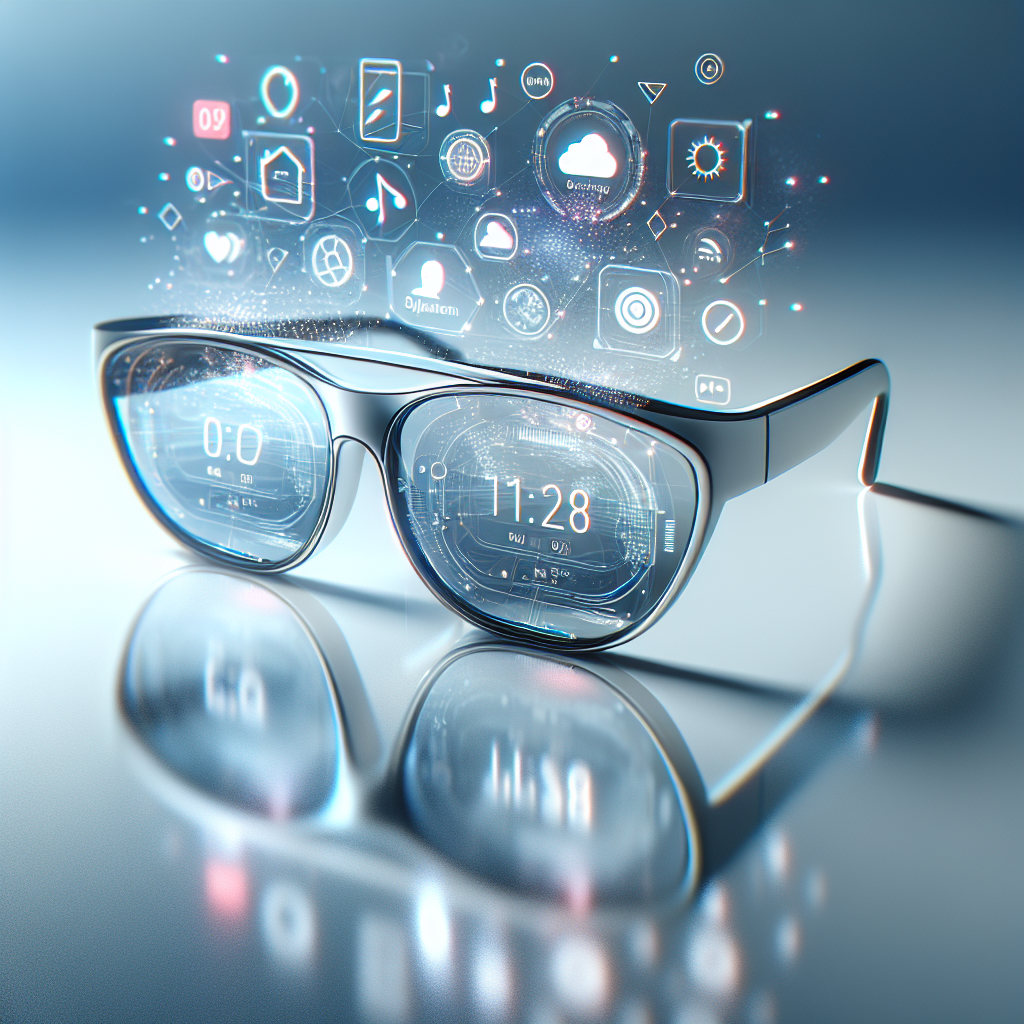Introduction to the Latest Smart Glasses
The latest smart glasses are not just an extension of smart wear technology but a whole new frontier in how we interact with the digital world. These devices blend the lines between augmented reality (AR), virtual assistance, and conventional eyewear, promising users a seamless integration of technology into everyday life.
Core Technologies in the Latest Smart Glasses
Understanding what powers the latest smart glasses requires a dive into their core components. Firstly, AR technology is central, allowing for real-time overlays of information and graphics on the user’s field of view. Companies like Google and Apple are leveraging compact, high-resolution displays to project images directly onto the lenses.
Connectivity is another critical feature, with most smart glasses offering Bluetooth and WiFi capabilities. This ensures they can connect to smartphones or other devices, enabling features like receiving calls, navigating maps, or controlling smart home devices directly from your eyewear.
Battery life has also seen significant improvements. Recent models can last a full day on a single charge, a leap forward from earlier versions that struggled with power efficiency.
Applications and Uses
The latest smart glasses are designed to be versatile across various sectors. For consumers, they offer hands-free access to technology while on the move. For businesses, they can enhance productivity, especially in industries like logistics and manufacturing where quick, hands-free access to information is crucial.
In healthcare, smart glasses provide immense value, enabling doctors and surgeons to access real-time data and patient information without looking away from their tasks. Educational fields also benefit, as AR can bring interactive learning experiences right before students’ eyes.
The Future of Smart Glasses
As technology progresses, the potential for latest smart glasses expands. Future iterations could include even more personalized features, such as biometric monitoring, further blurring the lines between health tracking and everyday wearables. The integration of AI could also see smart glasses offering more intuitive interactions, adapting to user behaviors and preferences.
In conclusion, the latest smart glasses offer a compelling glimpse into the future of personal technology. As developers continue to refine and innovate, these devices will likely become an indispensable part of our digital lives, altering our interactions with the world around us in profound ways.
For further reading on technological innovations, you might find “Exploring Digital Twins in Tech” an interesting article. Access it here.


